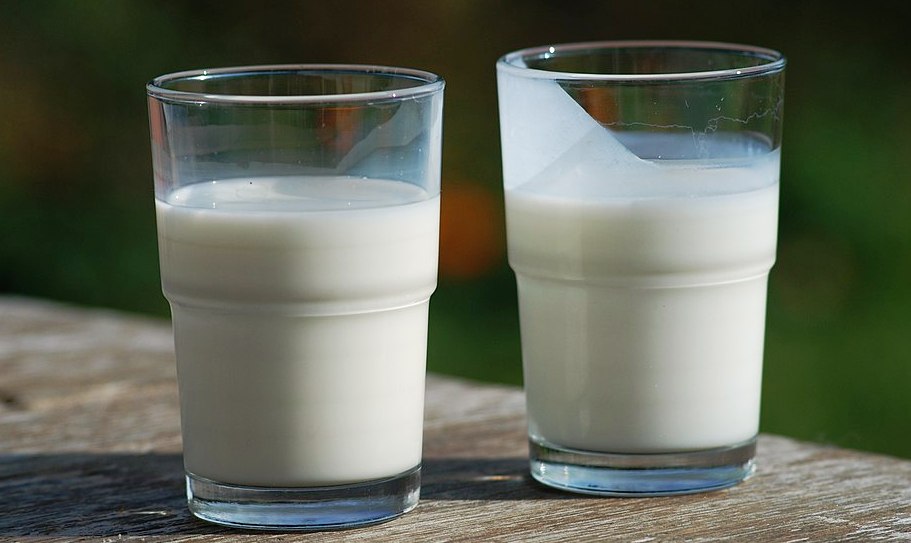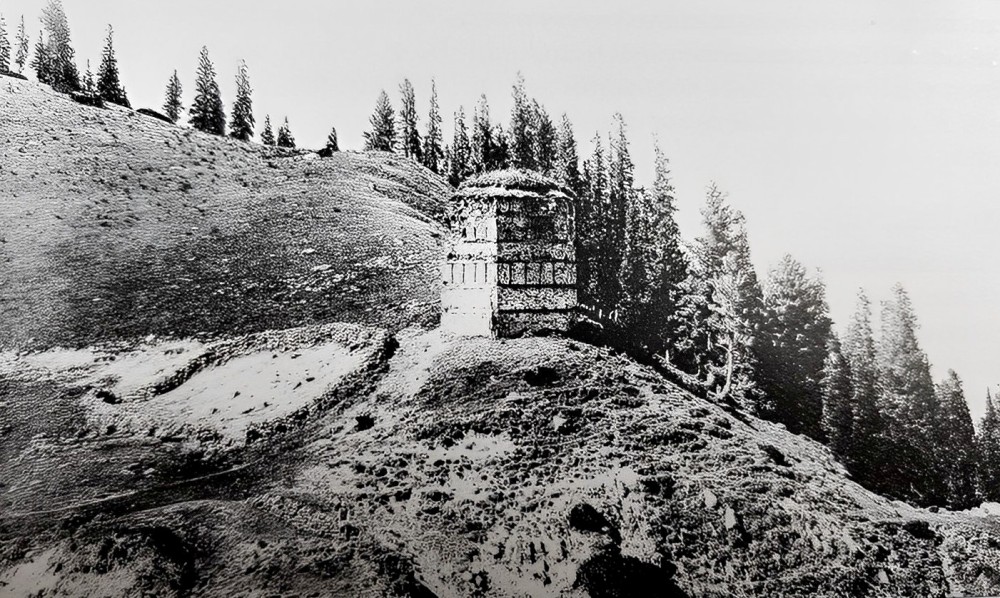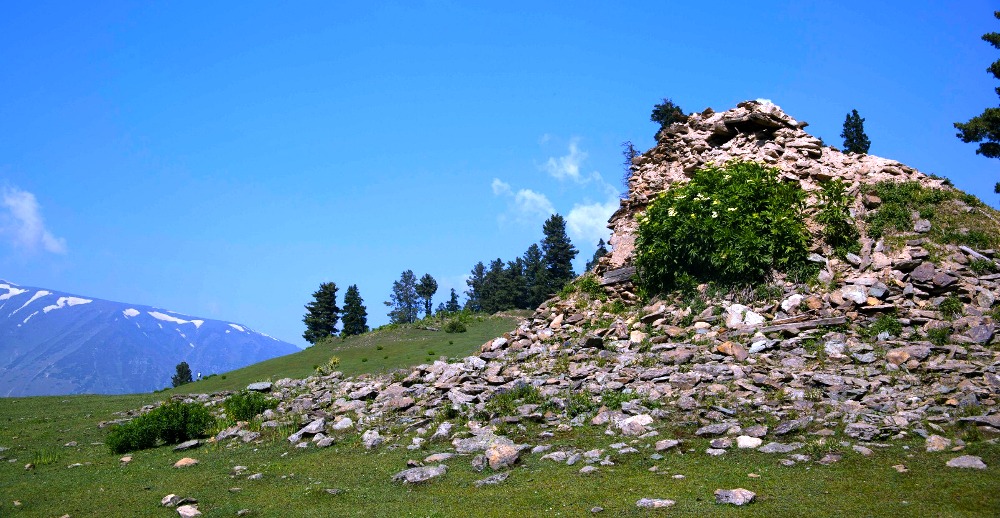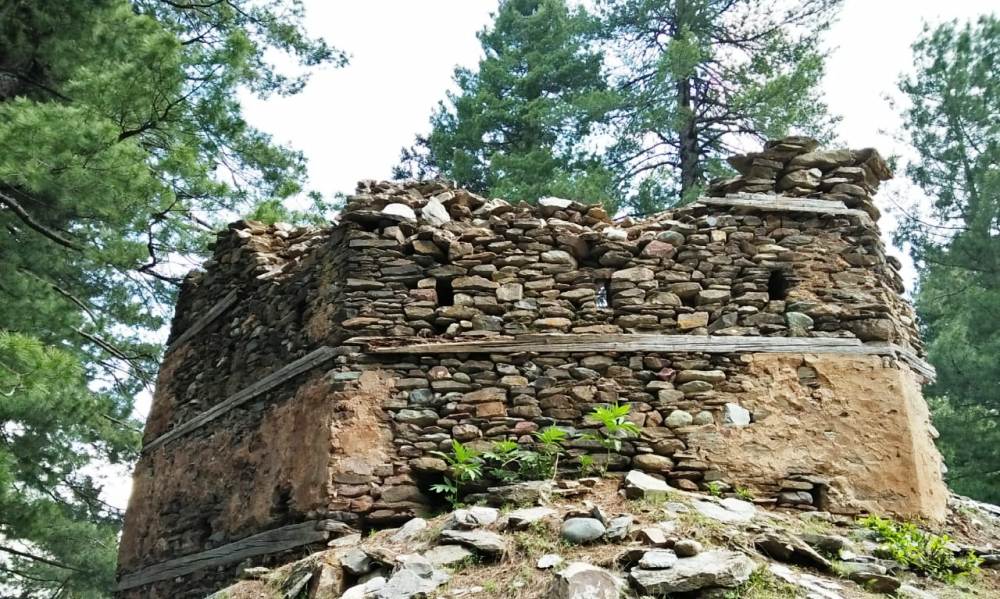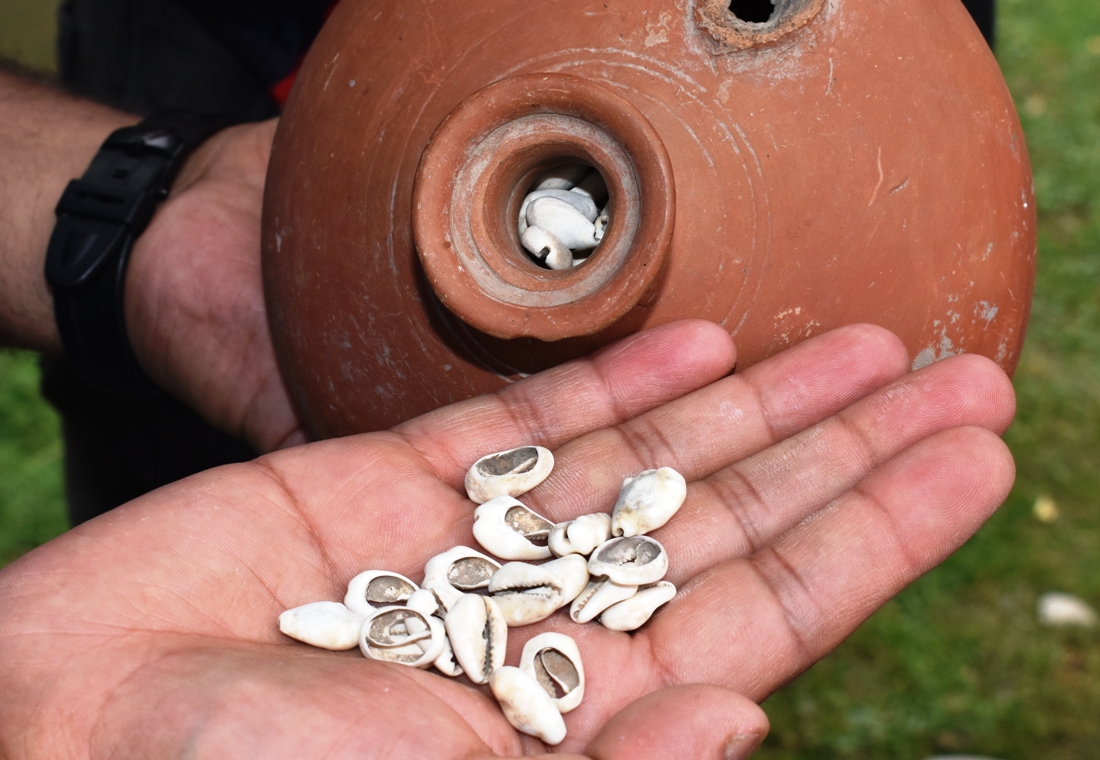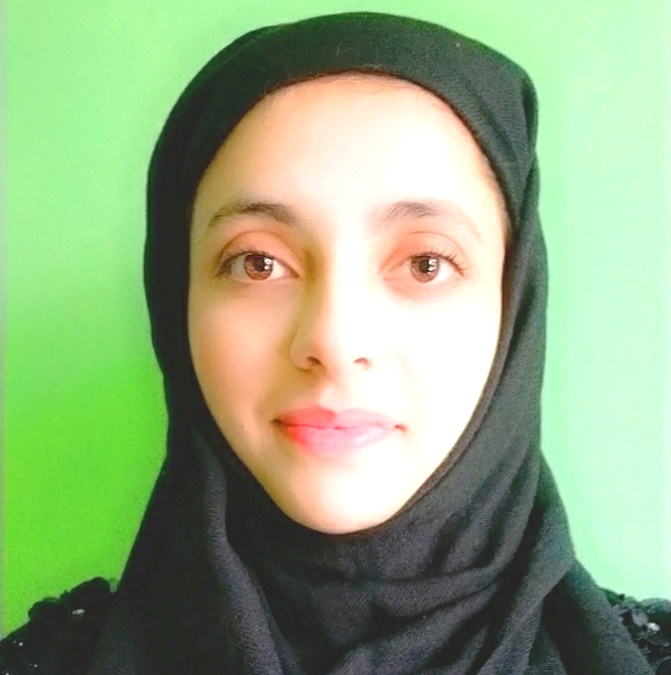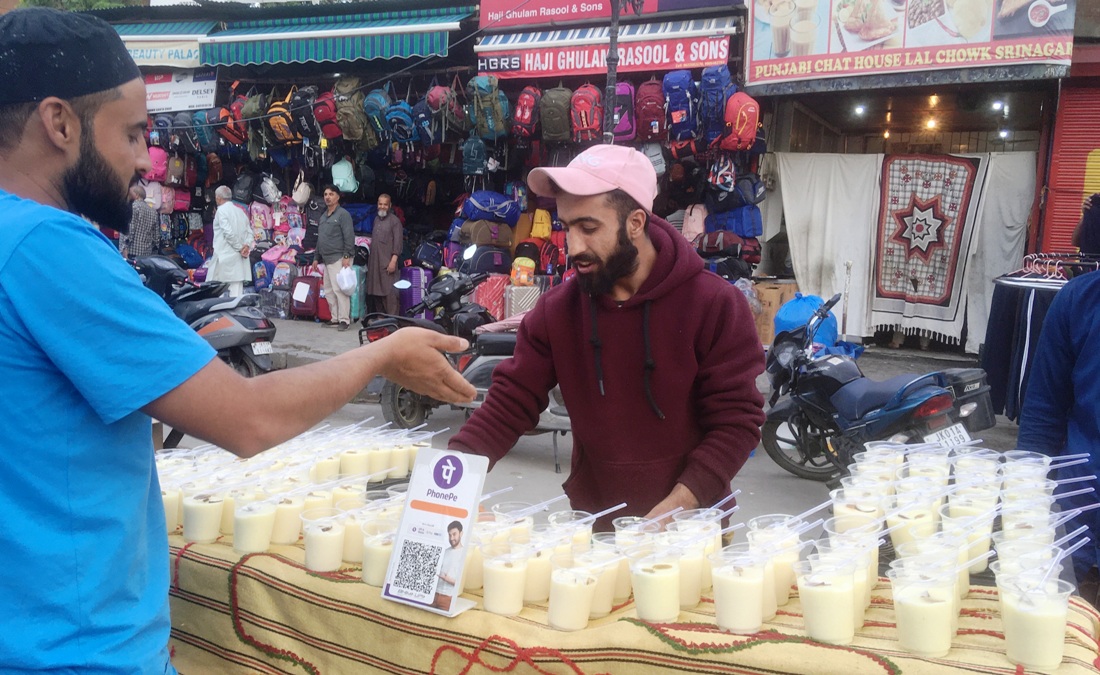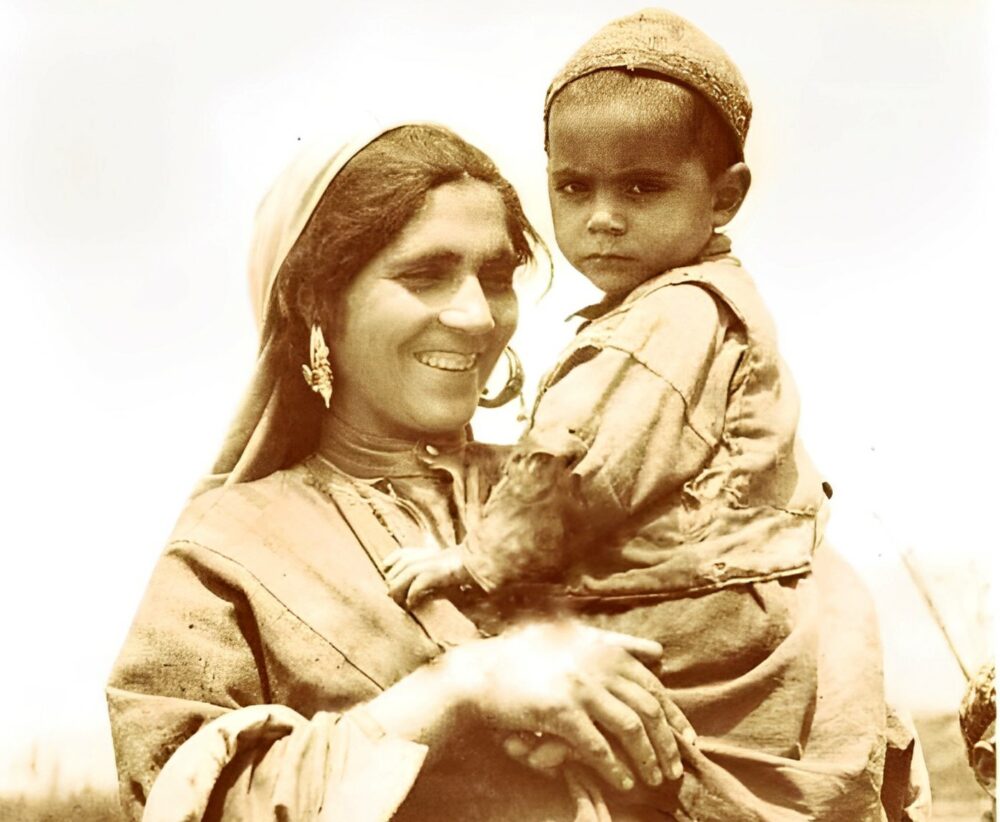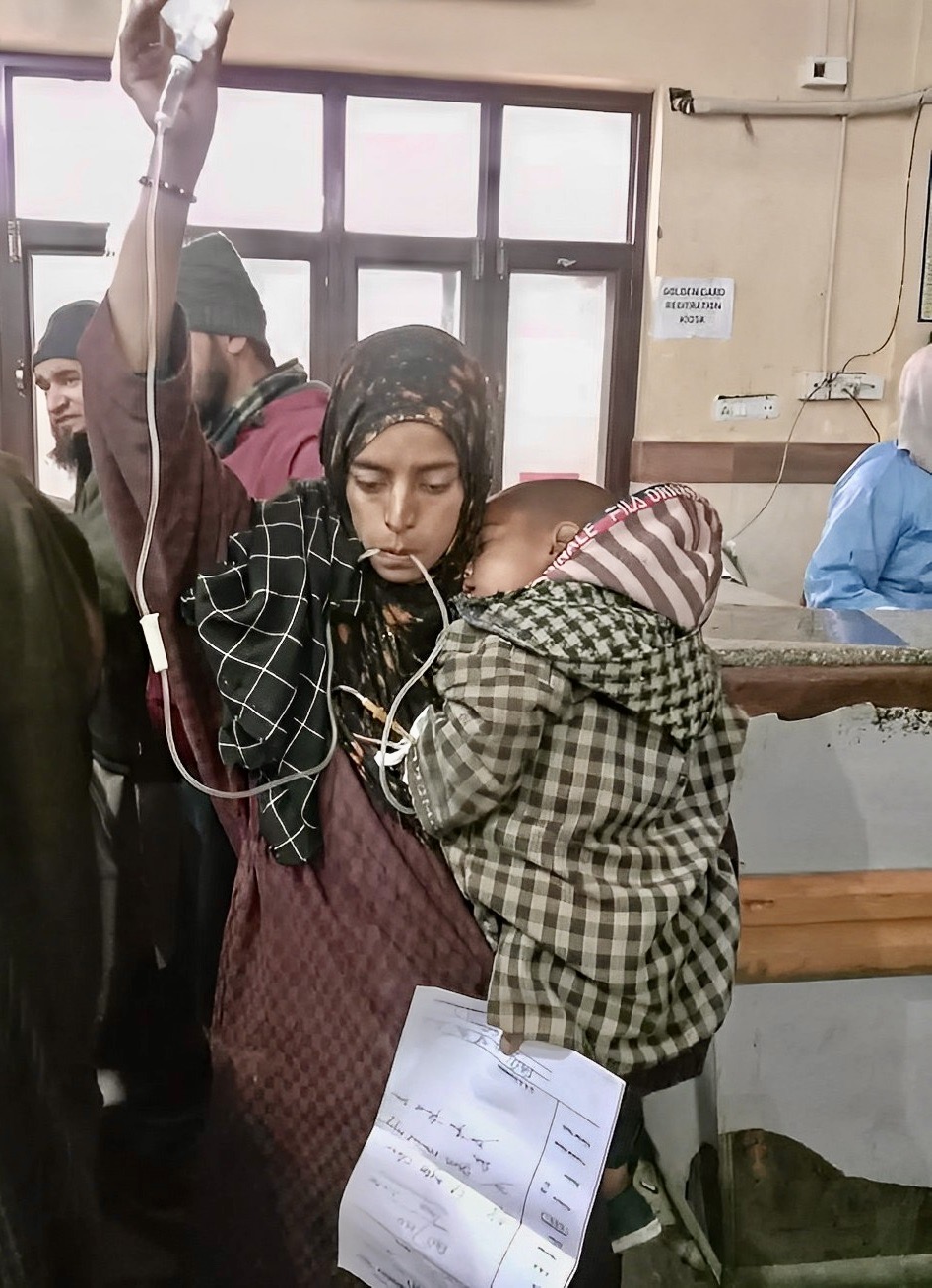[ad_1]
Till orthopaedics graduated as a key biological science, Kashmir, like many other societies, would get its bone corrections from the bone setters. Nidah Mehraj meets a second-generation bone setter who remains busy for most of the days
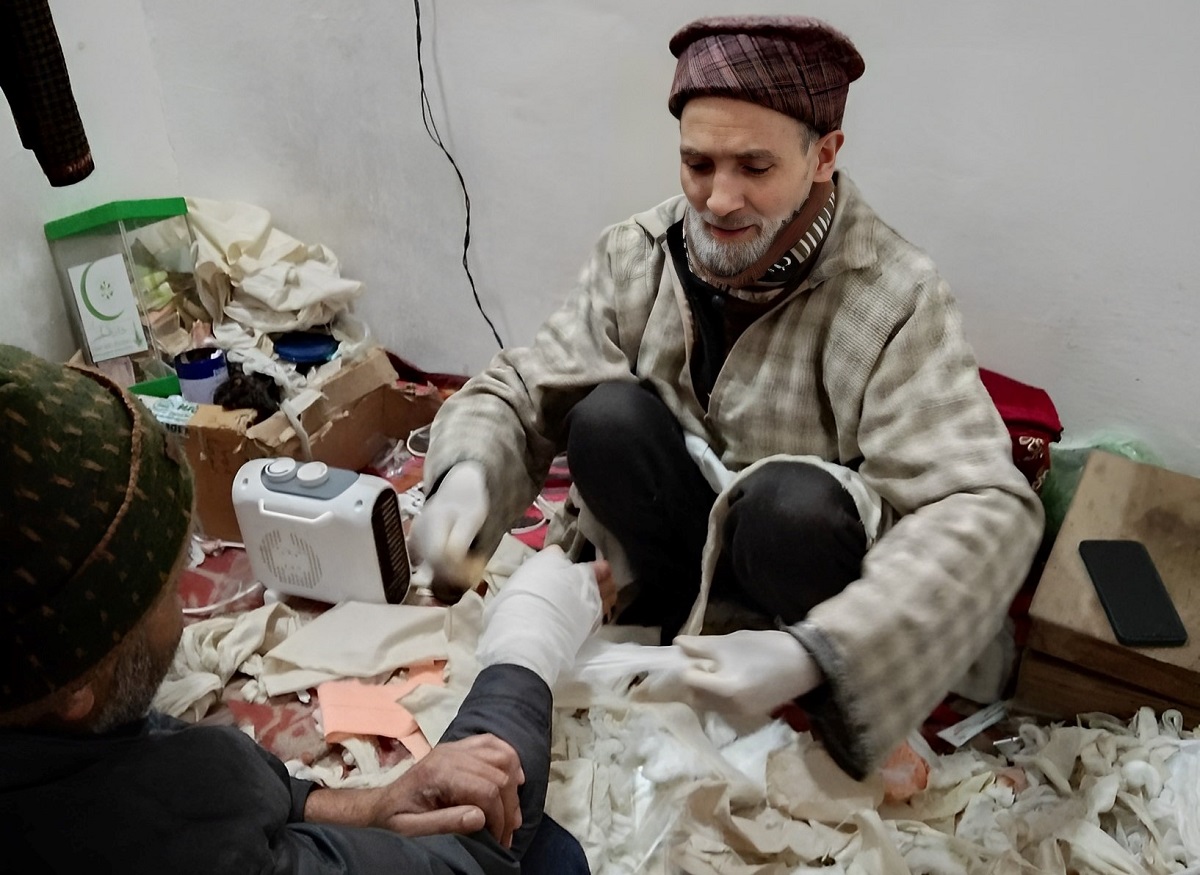
In the early morning, a group of people gathered in the yard of Ali Mohammad, a vaatan gour, a traditional Kashmiri bone setter, in Aali Kadal. Popular among his clientele as Papa, he has set aside two rooms in his house for his patients. As patients wait, a few are coming out after getting ‘treated’ for their minor fractures and bone displacements.
Ali’s yard and his two rooms are huge spaces for people to know each other. As they wait for their turn, they start understanding each other and sometimes these conversations become life-long friendships.
Papa is revered by his patients and the residents of his locality. They believe they really have recovered after being treated by him. Ali Mohammad does not charge much. He asks for the bandages and herbal medicines, which do not cost more than Rs 200. Families with low incomes and those believing in the tradition are usually the most of the crowd at Papa’s home cum clinic.
“My knee got injured badly two months ago. I wasn’t able to walk, sit or stand properly, nor could I do any household chores. I went to a doctor who prescribed various medical check-ups and medication but I didn’t recover from them quickly,” said Shaista Bhat, 35, from HMT area of Srinagar. “Then I went to Papa and in two weeks, I could see a lot of difference. I’m sure I will recover properly this week.”
In the people waiting in the yard and the rooms, there were interestingly different cases including fractures, dislocations and herniated discs. Sharing problems with each other, some of them were very tense.
A lady was sitting in the room corner with her 5-year-old son in her lap. ” I am very scared for my son. He was playing and suddenly fell from his bicycle. His back is hurting and he has been in a lot of pain,” said Zubaida Aslam, 38, a Budgam resident. Papa revealed that kid’s scapula bone is broken. “Do not worry, he would be fine very soon.”
For most of the day, Papa remained busy with patients. To some, he was putting on bandages and to a few, he gave cryo-therapy and herbal medicine mostly for massaging.
30 Years
Ali Mohammad is in practice for 30 years now. He has gained a loyal following that is across Kashmir. People come to him for bone setting, herniated disc and herpes zoster.
“I met an accident in 2011 and survived injured. I got treated by a doctor quite nicely,” Shahid Akbar, 35, a resident of Shopian said. “However, my left arm hasn’t recovered properly. I could not raise my arm up, and if I do some work with it, it hurts. In winter, my arm gets completely numb and I can’t work with it. After visiting Papa, it recovered in just a few weeks and today is my last week of keeping bandages on it.
Ali worked constantly till 2:30 pm with only a short break for Zuhar prayers. In between watching patients, he would go from one room to another to check how his new patients are behaving during his treatment. He does ask people from far-away places to get in first so that they can reach home early. While examining the injuries of people or bandaging them, Papa cracks jokes.

Minutes before Papa could call a day, a couple rushed in. It was Nisar Ahmed, 55, and his wife, who had come from Ali Jan Road, near Eidgah. An ironsmith, an iron tool fell on Nisar’s hand and injured his left thumb. He has not been able to work for a month now. Papa bandaged his thumb and wrapped it in gauze, warning him to not work for a week till he is fine.
Papa was about to close the door when at around 3 pm, a 27-year-old man almost crashed in. “I was doing exercise at the gym and suddenly my Scaphoid bone got dislocated,” he said. Asking him to continue his exercise, the bonesetter told him he will manage his issue.
A Skill Inherited
Ali Mohammad Guri, 67, lives in Aali Kadal, downtown Srinagar, and has been setting bones since 1984. He was 22 when he learned the skill from his father, who was a cloth merchant and a part-time bone setter. Besides, he became a disciple of Pir Gayasuddin, a faith healer in Magam. Ali sees him as his teacher.
After the death of his father, Ali Mohammad took over. He continued working at his ancestral clothes shop as well.
“I set bones as a service to people. I just take the money for the unani medicines and bandages that I also have to buy,” Ali Mohammad said. Ali said he mostly treats fractures, bone dislocations, urinal infections, herniated discs, Herpes zoster (Mal-der), and some minor injuries. “I have worked for decades as a bone setter and now I’m experienced enough to tell by touching the injured part of another person, what is the matter with him and how I should treat him.”
Even after years of experience, he tries to stay careful while treating the injuries of patients. “Whenever a patient comes to me, I clearly examine his fracture and if I feel, I cannot cure him and he needs to go to the doctor. I tell them straight away, I cannot treat this, you have to visit the hospital for this. As I believe I can never challenge the medical field with what I do,” he said.
Ali doesn’t give any pharmaceutical medicines to his patients, but Unani medicines that he either buys or makes himself. As he has also learnt this process from his father. “I usually give my patients cryotherapy and herbal medicines to massage their tendons, ligaments and the areas where they are injured. And like any other bone setter, I bandage and gauze their injured part,” he said.
His Regrets
Ali believes if the traditional bone setting is not learned by young people, the skill may vanish completely in the coming years. “I tried to teach this skill to many young girls and boys without charging anything for it. But they didn’t want to learn it,” Ali said. “The ones who learned left the skill after two to three years because they didn’t want to practice hard enough. Now, I have been teaching this skill to my son, Bilal Ahmad, 33, for the past three years, who learns it while working at our clothes, shop as well.”
Papa is so engrossed with the art that he sometimes skips lunch or even breakfast. There have been instances when people with problems visit him at inappropriate times like late at night. ” I do scold them but I cannot let them leave without treatment,” he said.
“There are times when I feel sick and am not able to do any work. People from different areas still come to visit me and I cannot let them leave without treatment. But as I have devoted my life to this work and in the service of people, I cannot hesitate to do so,” he added.
[ad_2]
#Kashmirs #Bone #Setters
( With inputs from : kashmirlife.net )

